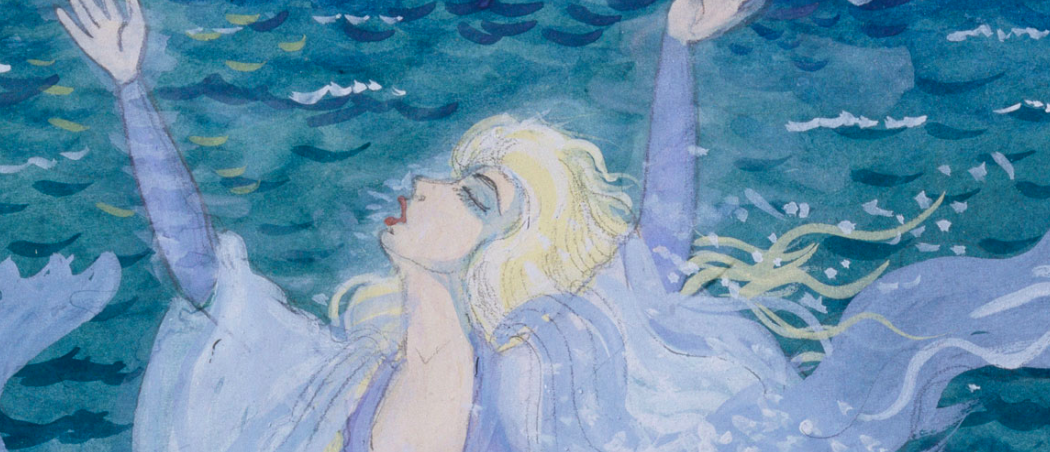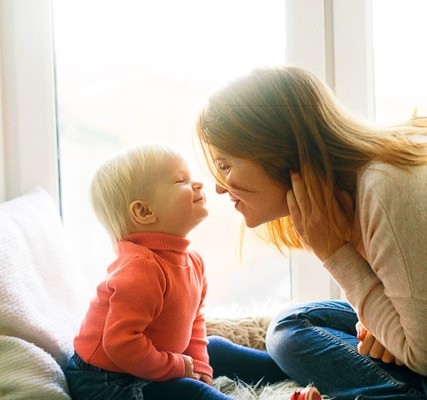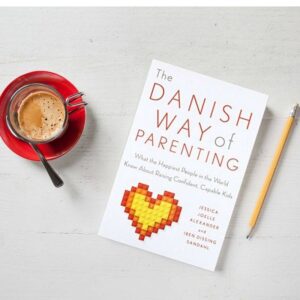Similar to other cultures, we Danes use prose as a way to connect with our children and raise strong, healthy kids — but Danish fairy tales, children’s literature, and poetry are unique in that they rarely shy away from dark themes and tragic endings.
In Denmark, it’s okay to read and talk about difficult issues with children; it’s actually expected. Danes believe that we learn more about our own character from suffering than we do from success. Stories about hardship, struggle, and conflict enhance social-emotional skills because they communicate truths about the human experience and help children identify with the feelings of others. When children read these stories, they begin to recognize the whole range of experiences that make up life — and this is the crux of empathy, the ability to walk a mile in someone else’s shoes.
Danes often rank as the happiest people on Earth, and it’s a happiness that’s based in realistic expectations. We know that scars are a part of life. We can’t avoid getting hurt, but we can give our children the tools to handle real-life experiences in a healthy way and recognize that these downturns won’t topple them.
As a therapist and family counselor, I believe that reading together is one of the greatest gifts a parent can give a child. Reading realistic, sometimes sad, tales can help kids feel gratitude for the simple things we take for granted when we focus too much on the fairy-tale version of how life “should” be. By broadening the stories you share with your children, you open up new worlds, introduce empathy, and deepen your child’s understanding of themselves. So if you’re looking to read as the Danes do, check out these famous Danish children’s tales:
Samlede Eventyr og Historier (The Complete Fairy Tales and Stories) by Hans Christian Andersen
Perhaps the best examples of traditional stories that sidestep happy endings are by world-famous Danish author Hans Christian Andersen, who is best known for his fantastical tales. His classic stories bring difficult, and even painful, topics into family homes around the world with a light touch and a memorable cast of characters. Contrary to their Hollywood adaptations, many of Andersen’s stories are tragedies. In “The Little Matchgirl,” a poor girl faces great challenges all by herself at Christmas. If you’re moved by stories that are sad and beautiful at the same time, this is the one to read. In “The Little Mermaid,” arguably Andersen’s most famous tale, the young mermaid doesn’t get the prince but turns into seafoam from sadness. It is a far cry from what Disney has made it into, but authentic and very touching.
By Iben Sandahl
Read the entire article from Brightly here
Photo credit: DEA/A. DAGLI ORTI, De Agostini Picture Library/Getty Images





